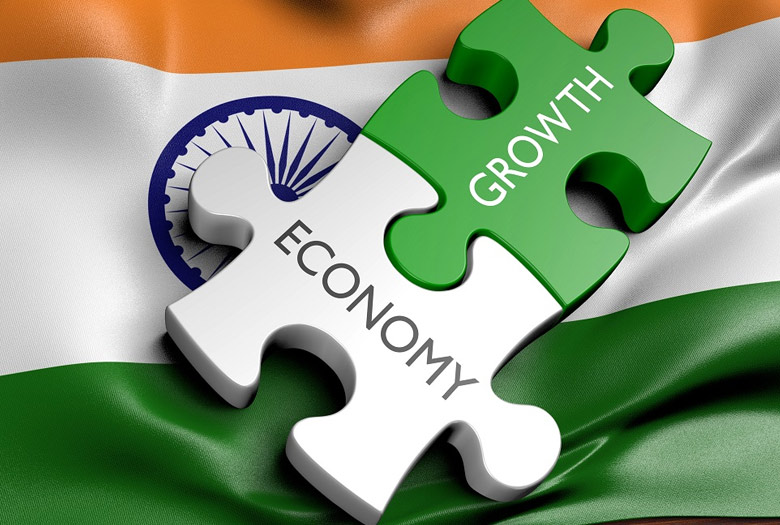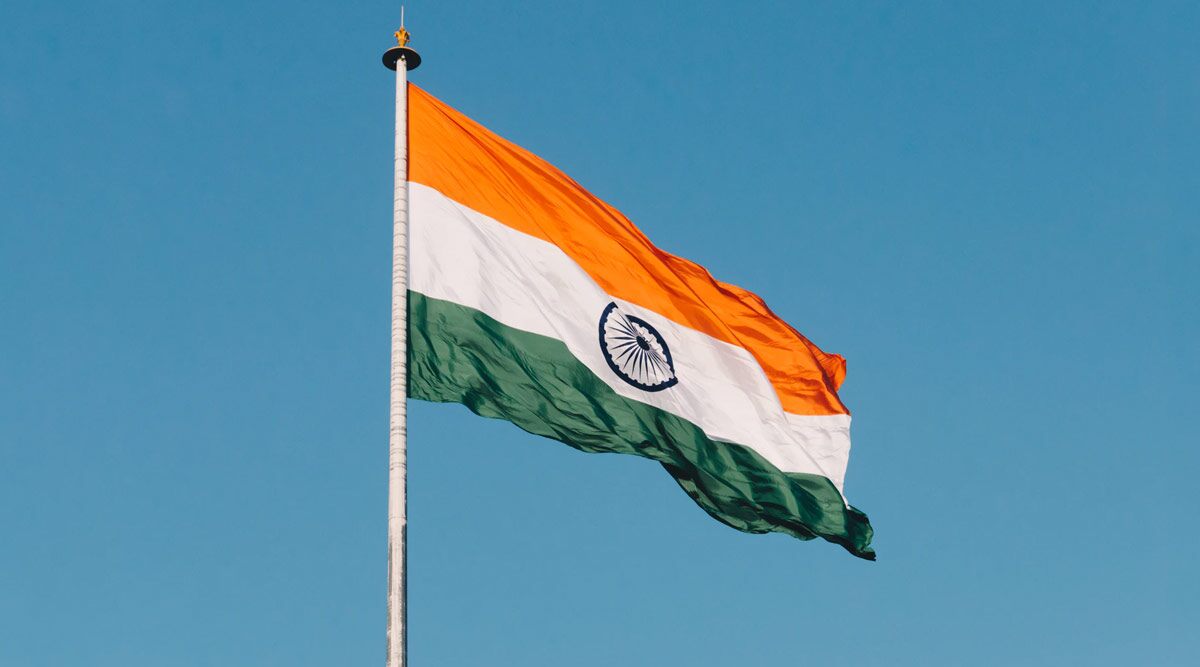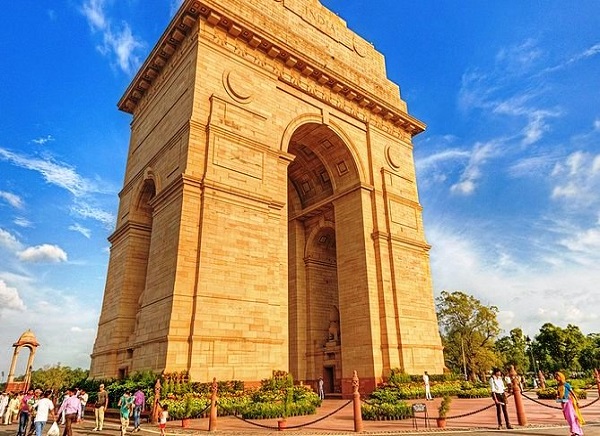Why India?

Located in the southern peninsula of the Asian continent, India is the seventh largest and second most populous country in the world with a total land area of about 3.3 million square kilometers and a population of approximately 1.13 billion. The Indian sub-continent is distinct from the rest of Asia. In the North are the towering Himalayas, which slope out into the great Indo-Gangetic plains. In Central India, the Vindhya ranges separate the Deccan peninsula from the northern plains. On the east coast of the country projects into the Indian ocean.
The Republic of India is divided into 28 federative states (divided on linguistic basis) and seven centrally administered union territories. The Constitution provides for a sovereign, socialist, secular and democratic country. Patterned on the basis of the British parliamentary system, India has a federal form of government, with New Delhi as its capital. The government at the state level has the same structure as that of centre, thus creating a dual policy with a single citizenship and universal adult franchise. India’s judiciary is independent of the Parliament. It has the Supreme Court as the highest court, followed by a High Court for each state and hierarchy of lower courts. The language of the Supreme Court and High Court is English, although the national language Hindi is rapidly gaining ground.
India’s official language is Hindi in the Devanagri script. While English enjoys associate status, it is widely spoken and is one of the most important languages for national, political and commercial communication. The states are, however, free to decide their own regional languages. There are 24 principal languages spoken in India. As the birthplace of four major religions that exist even today, India is rightfully known as the land of spirituality and philosophy. The most dominant religion in India today is Hinduism with almost 82% of the people being Hindus and 12.12% are Muslim. Other large religious groups include Christians 2.34%, Sikhs 1.94%, Buddhists 0.76%, Jains 0.40%, other religions and persuasions 0.39% and religions not stated 0.05%.
India possesses richness and diversity of culture and climatic conditions and natural and mineral resources. A new spirit of economic freedom is stirring in India. Today, India is said to be the third largest economy (in terms of purchase power parity) in the world. A series of ambitions economic reforms have deregulated the economy and stimulated domestic and foreign investment. The liberalization program has unleashed the vast potential of Indian economy. India’s enduring institutions, which are rooted in the principles of democracy, ensure a transparent, predictable and secure environment for foreign investment. The existence of a free and vibrant press, an independent judiciary, a strong legal and accounting system and the use of English as the principal language of business and administration are some of the attractive features of the business environment. India possesses an abundance of qualified and skilled manpower, which makes it an ideal base for sourcing production, both for export and the huge domestic market. The private sector is the backbone of the economy, accounting for 75% of the GDP. The opening up of the economy, which has resulted in the entry of a large number of foreign companies, together with the increasingly global focus of domestic industry, has resulted in the dynamic growth and increased competitiveness of Indian firms. The role and importance of the private sector in India’s economic development is rapidly increasing. Today, India is one of the most exciting emerging markets in the world.

- Production of atomic energy.
- Production, etc, of minerals specified in the Schedule to the Atomic Energy (Control of production and Use) Order 1953
- Railway transport.
However, the government is now permitting select private sector investment in the mining and defence industry. - One of the fastest growing economies in the world with a consistent GDP growth over 6%, making it the epicenter of investment.
- Goldman Sachs predicts Indian economy to be the third largest in the world by 2050.
- The world’s third largest investor base only after U.S.A and Japan.
- Large presence of FIIs in the Indian capital market with over 451 FIIs and 38 foreign brokers registered with SEBI.
- Placed amongst the most transparent & mature markets in the world.
Organization of Government
India has a parliamentary form of government similar to the English model. The central legislature, i.e. the parliament, is bicameral. It consists of Rajya Sabha (Council of States), which is the upper house, and Lok Sabha, which is the lower house. Members of the Lok Sabha are directly elected by way of adult franchise for a period of five years; whereas election to the Rajya Sabha is indirect, that is, the representatives are not elected through adult franchise by the people. The president and vice-president of India are elected indirectly by a separate electoral college; each holding office for a term of five years. The President, as head of the executive invites the leader of the party commanding parliamentary majority to form the government. The Prime Minister and the cabinet are responsible to the Lok Sabha. The president acts in accordance with the advice of the Council of Ministers. Substantial executive powers therefore rest with the Prime Minister. All legislation must receive the assent of both case of a financial legislation. The constitutionality of legislation and executive acts can be questioned before the courts. The executive makes regulations when a statute requires regulations to be passed for its implementation and administration.

Inspired by the Indian IT-ITeS success story, several other locations have been presented as alternate options for offshore outsourcing. However, feedback received from several MNCs having multi-country operations as well as syndicated analyses comparing the various sourcing locations has revealed that India continues to offer and deliver the best ‘bundle’ of benefits sought from global sourcing.
With significant potential still untapped, it is expected that the global sourcing phenomenon will continue to expand in scope, scale and geographic coverage. As global delivery matures, multi-location strategies will become the norm and most sourcing destinations, including emerging locations, will grow in size. Building on its existing strengths, India will remain the leading destination and will continue to play an important role in most global sourcing strategies.
Worldwide spending on IT-ITeS witnessed steady growth in 2005, on the back of healthier spending across key markets of the US and Western Europe, and strong growth in emerging markets. Outsourcing continued to be the primary growth engine with global delivery forming an integral part of the strategies adopted by customers as well as service providers.
The year 2005 also witnessed the coming of age of the Indian IT multinationals, with the traditionally India-centric, indigenous players beginning to build noticeable presence in other locations – through crossborder acquisitions, onshore contract wins and organic growth in other low-cost locations. This was complemented by global majors continuing to significantly ramp-up their offshore delivery capabilities -predominantly in India, vindicating the success of the global delivery model and highlighting India’s increasingly important role in the new world IT order.
In addition to the growth in scale, the portfolio of services sourced globally continued to expand into higher-value, more complex activities- further reinforcing the growing maturity of the global delivery model.
The large and growing pool of skilled professionals has been a key driver of the rapid growth in Indian IT-ITeS. This rapid growth in industry employment has been facilitated by the combination of two fundamental factors
- A favourable demographic profile – The underlying factor highlighting India’s long-term attractiveness is its highly favourable demographic profile. With nearly 60 per cent of its population between the ages 15-59, and more than half below the age of 25. In contrast, countries including the US, Europe, Japan and China have a more aged population with dependency ratios likely to increase over the same period.
- A large, expansive and established network of academic infrastructure – According to data released by the Department of Secondary and Higher Education, Ministry of Human Resource Development, and Government of India
- At the end of March 2005 there were 343 institutes of higher education in India and 16,000 colleges with a total enrollment of 9.3million, producing 441,000 technical graduates.
- Nearly 2.3 million other graduates and over 300,000 post-graduates each year.
Also, with English being a widely accepted medium of instruction in the Indian education system, a large proportion of the graduate pool is proficient in English.
